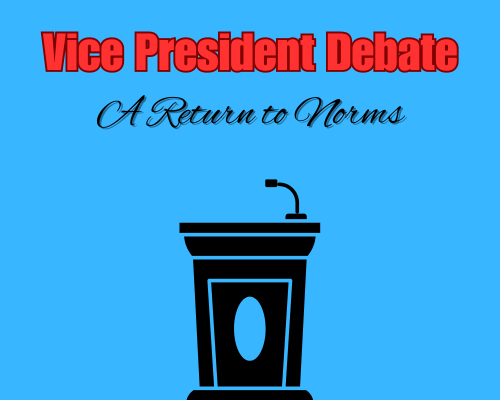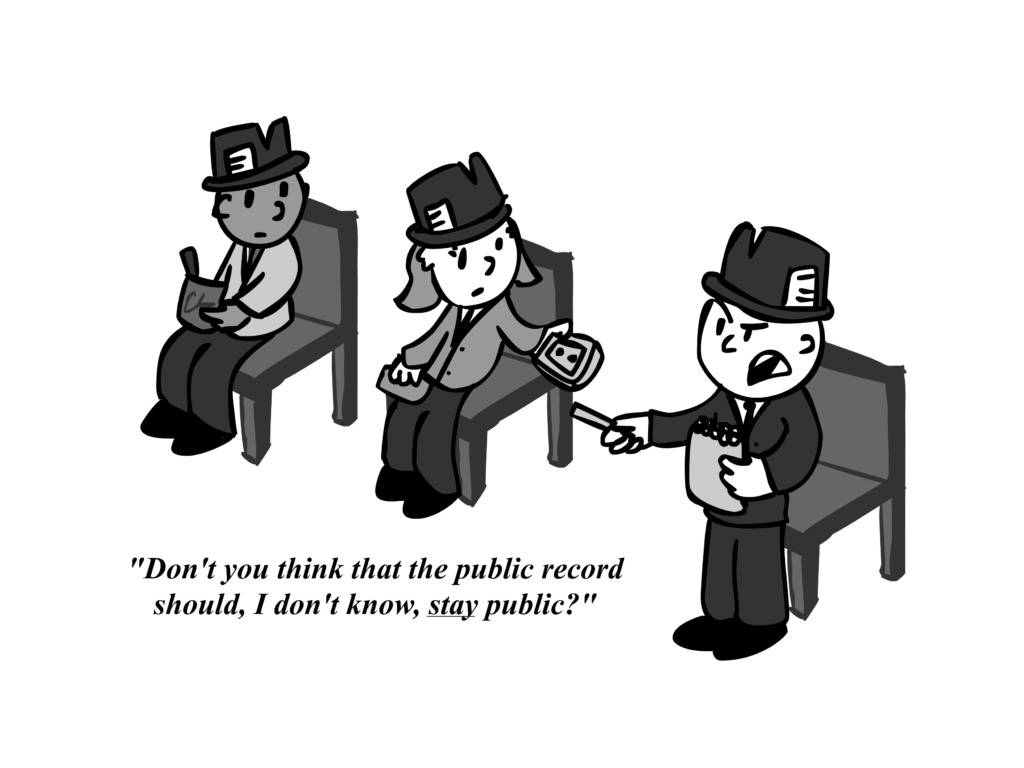Column by Dylan Doyle, Contributing Writer
Taylor Swift – ever a popular topic of conversation for traditional and social media outlets alike – recently dropped the acerbic video for her controversial song “Look What You Made Me Do,” and this spiritual successor to “Blank Space” is out for bad blood (and not just Kim Kardashian’s).
Plenty of reviews and think pieces have already been written about “Look What You Made Me Do,” theorizing about what meanings are carried by the snake ring or the golden bird cage, but the lyrics leave us with one burning question: what exactly did Swift do? Or, more precisely, what did we make her do?
Since she debuted as a country act, the media (and everyone with a Twitter account) has been eager to pick her character apart, calling into question her vocal ability, her intentions, her songwriting chops and even her personal authenticity itself. At different points in her career, Swift has put on (and eventually shed) several personas in an attempt to please her fans and her critics in equal measure.
Swift is at her best when she’s making fun of herself, but this era goes a step further than the simple self-satirization of “Blank Space.” In many ways this song (and presumably the entirety of her forthcoming album “Reputation”) is about the toxicity of fame culture, acting as an interrogation of our conception of celebrity.
She includes some subtle jabs at Kanye West, Katy Perry and others, but the “you” she keeps insisting she doesn’t like does not refer to any particular individual here.
The ending of the video features Swift’s various incarnations viciously throwing insults at each other, mirroring the criticism she has received from the public in recent years. It’s a disturbing scene to say the least. While Swift has certainly earned her share of public backlash (she has been rightly censured for her cheap and disposable brand of feminism and her self-victimization in situations she is responsible for), it is all too easy to forget the human being underneath during a social media pile on.
In another poignant scene, Swift wraps her car around a pole while “look what you made me do” repeats in the background, but when the paparazzi shows up, she is back to posing with a Grammy award, even as her car catches fire. The people with the cameras do not seem to care about her personal safety or wellbeing, paying attention only to the symbol of her musical achievement.
Add this to the opening act showing her rising from a grave labeled “Taylor Swift’s Reputation” and we start to see her point. The thing we made her do is a kind of pseudo-suicide, with the new zombified Swift burying her nicer counterpart. The implicit message is this: no more Ms. Nice Taylor. We have killed her.
How much of that is true is very difficult to say, since Swift is a shrewd Machiavellian master of controlling and rewriting her own narrative. She knows how to sell a product better than anyone else in the current American celebrity scene (you can get your own silver snake ring from her website for one easy payment of $60). Even so, she is making it clear through her album artwork, featuring text styled after popular physical newspapers like The New York Times, that it isn’t only trashy tabloids making money by attacking her reputation.
“Look What You Made Me Do” is a libel lawsuit against pop culture itself – Swift is tired of the way celebrities are commodified and therefore dehumanized by an audience greedy for the next piece of gossip or hearsay. The imagery of Swift having a tea party with literal serpents is a far cry from the bespectacled girl-next-door she was playing in 2008, but she’s pointing her finger at all of us as the reason for her transformation.
Considering the relentless, personal and often extremely sexist coverage of Taylor Swift throughout her career, maybe she’s right.
You asked for this, she seems to say. You made me do this.
Maybe we did.





























































































